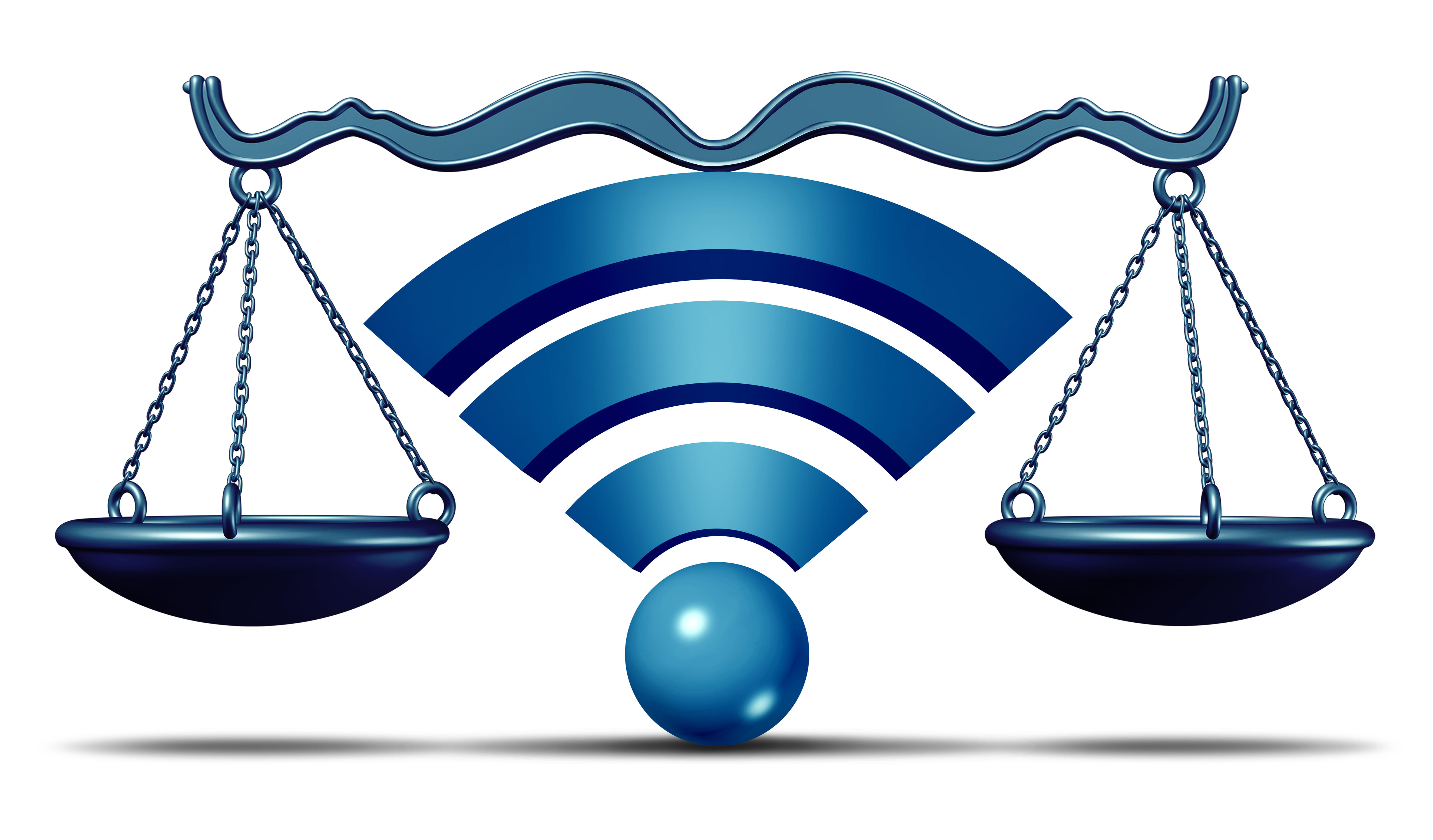In an anticipated move, the FCC, now with its full complement of three Democratic commissioners, voted at the October monthly Open Meeting to move forward with a proceeding to reestablish open internet protections for millions of American consumers and businesses. In other words – the FCC is reviving net neutrality.
While the move was not a surprise, the level of partisan animosity shown at the Commission’s regularly-scheduled monthly meeting was a bit surprising given the fact that net neutrality was very popular prior to its rollback under the Republican dominated FCC in place during last administration’s. Unless you are a provider that’s about to be regulated again after several years of making your own rules about data throttling, paid prioritization and out in out blocking of legal data, this is good news for both individual and enterprise customers. The changes back won’t happen immediately, but they are likely to happen in 2024, thus restoring regulation to the internet, which has become more like a utility than in previous years, and therefore should be regulated like a utility.
As mentioned last week in a No Jitter post, it is anticipated that the three most onerous practices that will likely disappear will be traffic throttling, paid prioritization, among other processes designed to impact content delivery. What the FCC decided this week is to restore net neutrality with a rulemaking process—including time for receipt and review of public comments, a process likely to take several months. Assuming that this part of the rule/sausage making goes smoothly, it is also reasonably likely that the matter will end up in court, as end users and non-ISP content creators (read: Google, among others) battle against the interests of the biggest internet service providers who have the most to lose when they are regulated.
Although I have always been a net neutrality fan, the issues that accompanied the pandemic have only served to raise the stakes in this matter. During the pandemic, the gaps between those possessing high-speed broadband internet access and those without became stark and unambiguous. As a trustee of my local library, I saw that during the 2020 pandemic lockdown, cars would be parked around the library, hardly for Lover’s Lane purposes but rather because students and others needed access to the internet long after work hours had ended. Many smaller libraries were the only source of essential internet access to do schoolwork, apply for jobs, and otherwise interact online. If we learned nothing else in the pandemic, we learned that internet access is key, at least in this country, to enable all of us who choose connected to remain connected.
It's hard to imagine now, but arguments about whether or not the internet is a utility that should be regulated and offered to as many Americans as possible are the same arguments Americans were having a century ago about providing heat and electricity to those who lived and/or worked in areas where the provision of such service didn’t, on its own, make financial sense. Without the protections offered by net neutrality, those living areas where broadband high speed internet access doesn’t make financial sense, are most often out of luck. This broadband desert doesn’t only apply to those in rural areas, but in economically challenged communities as well. Digital redlining, where entire neighborhoods are simply not able to secure access, is a real thing. With net neutrality rules in place, these internet bandwidth deserts will shrink.
Most often, those opposed to net neutrality rules claim that government intervention and regulation stifles investment. I couldn’t disagree more. To me, the “hurdles” that those who oppose these rules claim that government intervention brings, serve only to force those selling the regulated service to be more creative and innovative rather than less. The investment disincentive argument just doesn’t work for me.
The Notice of Proposed Rulemaking involves a time-intensive process, so even assuming that everything goes in the direction of the revival of net neutrality, none of this will happen for months. First, the NPRM must be written and posted, followed by a block of time set aside first for receipt of comments and secondly for FCC review of those comments. Only then can a final rule be placed “on the books.” And then, assuming that the ISPs are unhappy with the changes (as has been indicated already with published comments from the industry trade group CTIA, along with broadband providers), it is likely that the matter will then work its way through the courts, arriving most likely at the Supreme Court. But the step back towards net neutrality is, to me, a very positive development. The end of throttling, blocking and paid prioritization, along with speedier broadband deployment to those who have the greatest need now, is a very positive moce where government can make a difference in a very positive way. For example, consider how airline safety improved once the FAA crafted and enforced more rules for pilots and plane maintenance.










